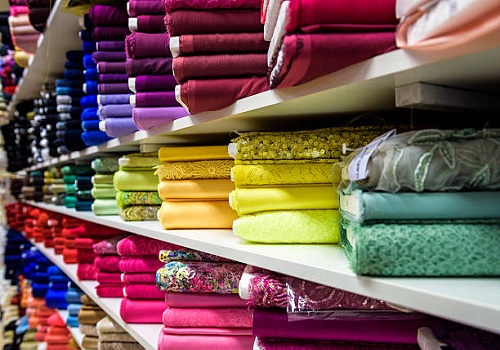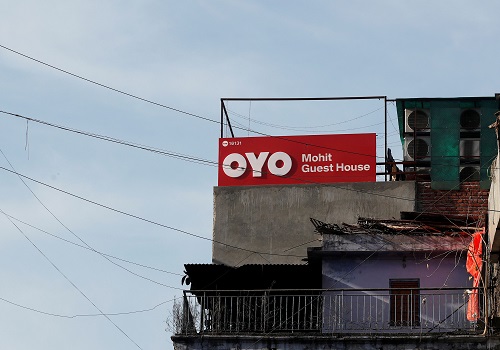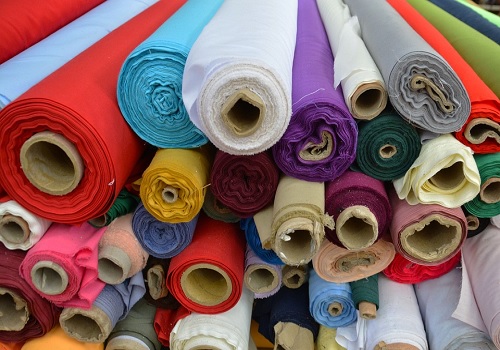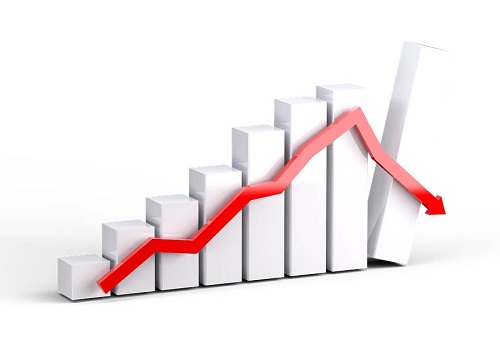Lower export demand, sharp increase in raw material to hit profitability of home textile exporters in FY23: Crisil

Follow us Now on Telegram ! Get daily 10 - 12 important updates on Business, Finance and Investment. Join our Telegram Channel
Crisil Ratings in its latest report has said that lower export demand and a sharp increase in raw material and transportation costs are likely to hit the operating margins of home textile exporters by 150-200 bps or around 13 per cent in this financial year (FY23). It said the rupee's depreciation against the dollar and sustenance of the China+1 policy by global buyers will cushion the hit on profitability to some extent.
According to the report, the second half of this fiscal should gradually restore demand momentum and market share for Indian home textile exporters as freight and raw cotton costs moderate, and ease pressure on profitability. Exports account for 60-70 per cent of the Indian home textile industry's revenue, of which over 58 per cent shipments are sent to the US. It stated that global demand for home textiles is expected to be impacted in the near-term by inflationary headwinds, with big-box retailers pruning inventory and consumers cutting down on discretionary spends. A slowdown in the sales of key US retailers in the past 3-6 months has led to an on-year decline of 5-6 per cent in overall home textile exports from India between January and April 2022, it noted.
The report said adding to the demand challenge, the price of raw cotton, a key input in home textiles, has more than doubled year-on-year in May to Rs 1,00,000 per candy (about 356 kg). This will remain a challenge for exporters till the new cotton crop arrives starting October. Supply-chain disruptions leading to volatility in ocean freight rates will also impact profitability. Overall, it said that the Indian home textile industry's revenue is expected to grow 11-12 per cent this fiscal, primarily because of higher price realisations.
























